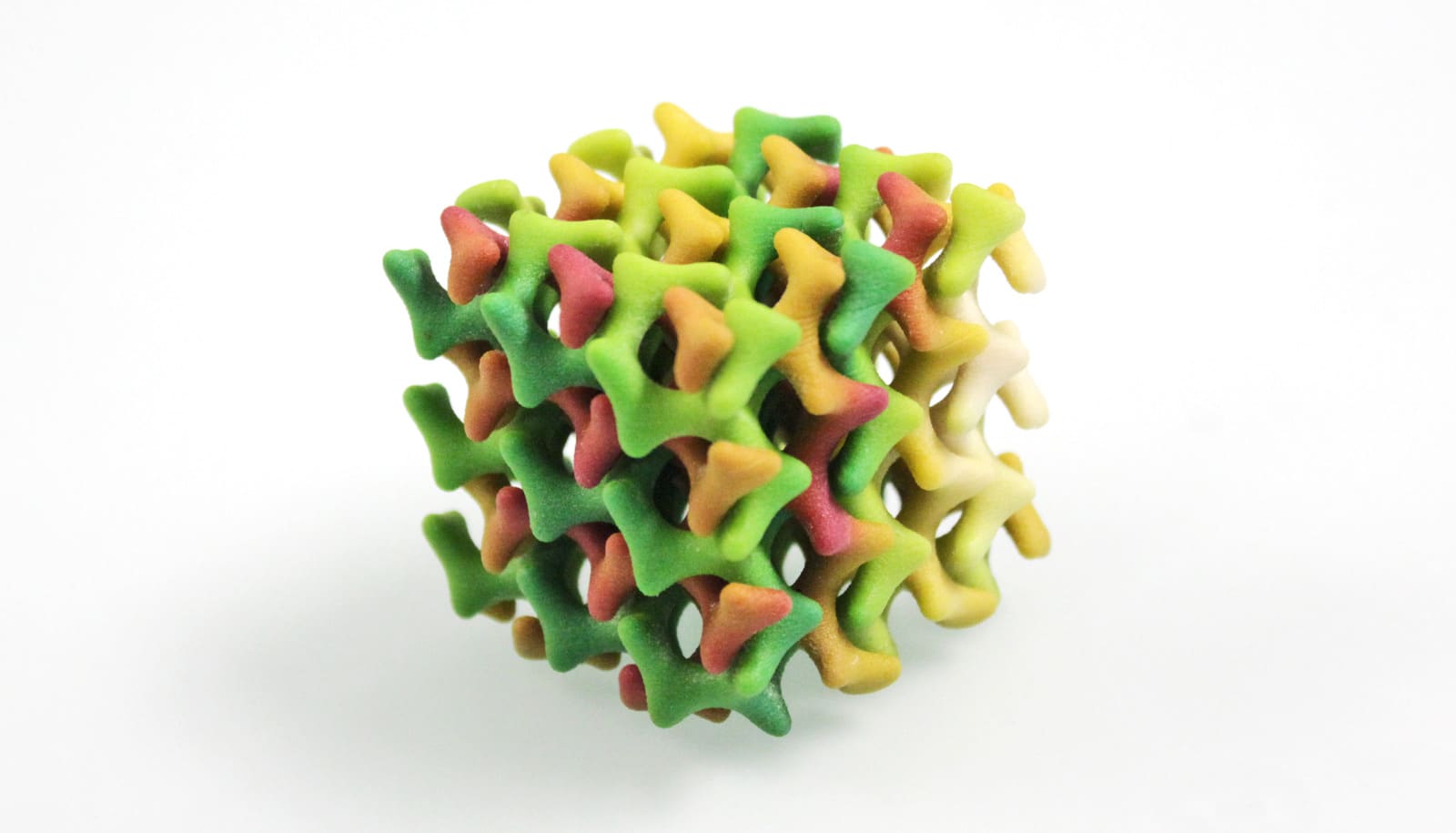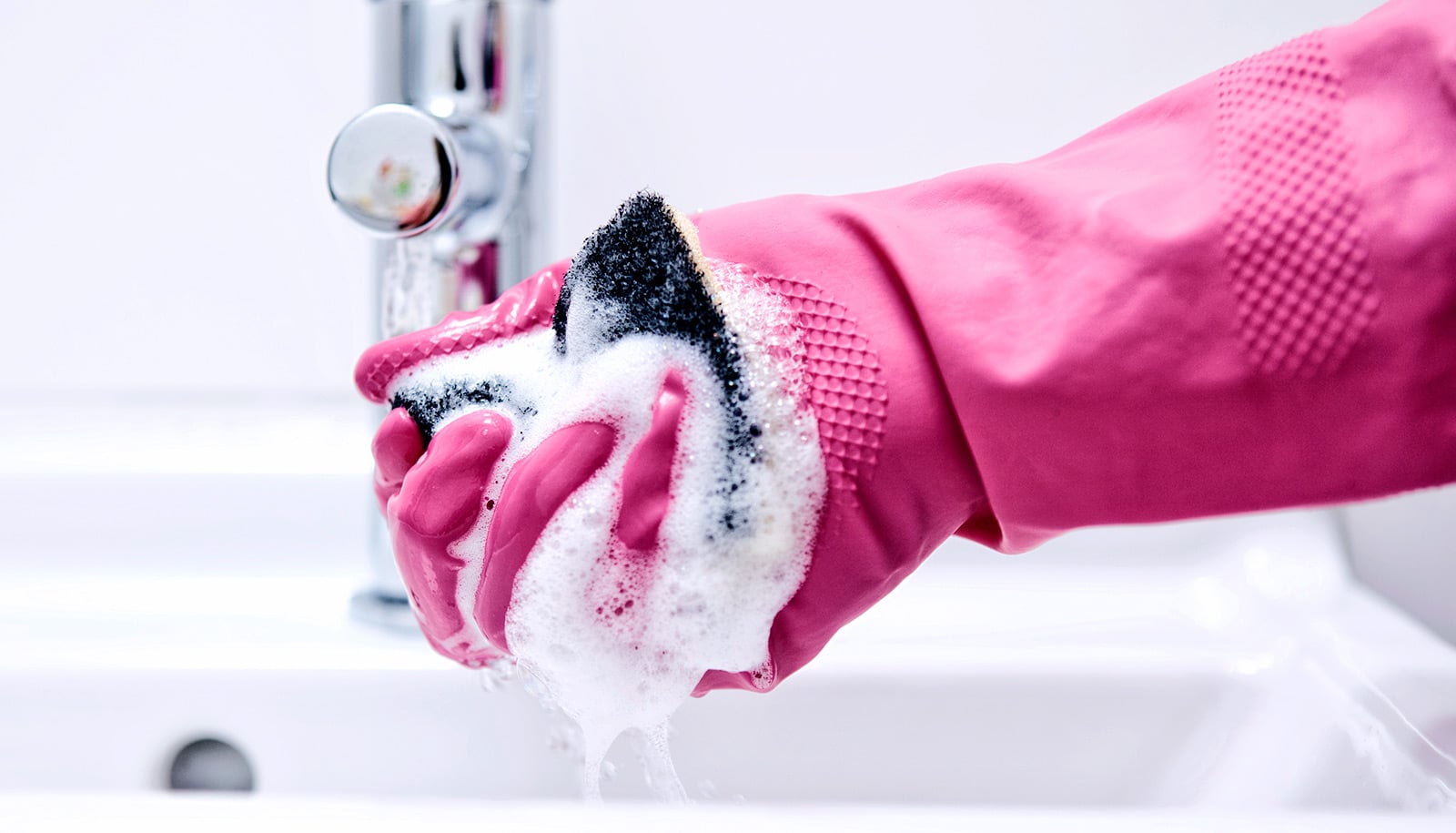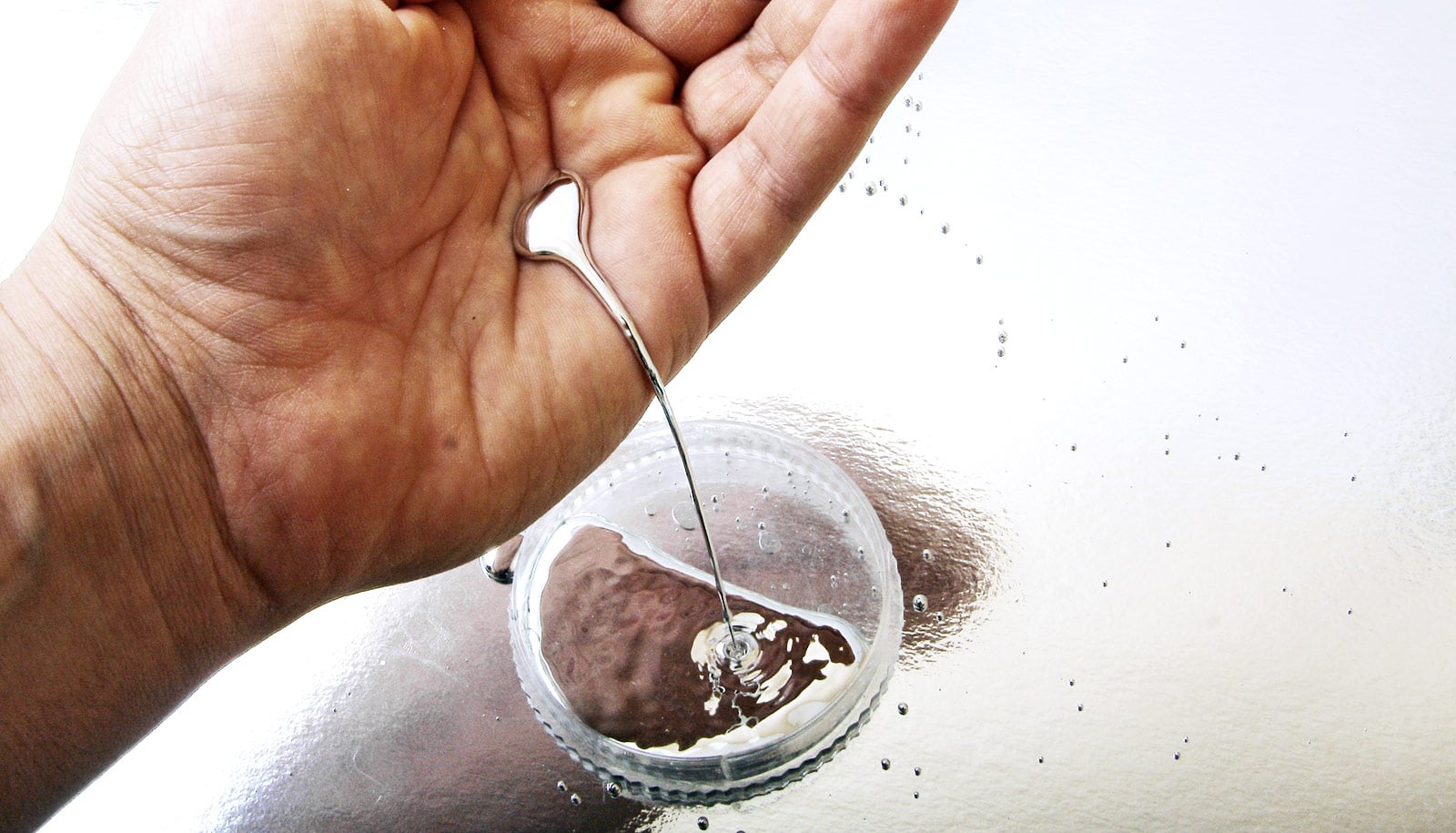Researchers have crafted a cool tool that could let quantum computers tackle more complex applications.
Before quantum information sciences and quantum computing can revolutionize tasks ranging from chemistry and pharmaceutical design to sensing and decryption, scientists need a better way to manipulate the critical elements of a quantum computer—known as quantum bits, or qubits—and their control components.
Currently, this process must take place outside of the low-temperature environment that superconducting quantum computers need, meaning every control and readout component must run microwave signals out of and back into a refrigerator—which can add time, cost, and complexity to an already complicated operation.
But scientists at the Johns Hopkins University Applied Physics Laboratory (APL) have developed a new device for controlling and measuring qubits inside the cooler environment; the new device can be manipulated at lower frequency, without the need for microwave lines, thus reducing cost and complexity.
All of this can be done inside of a dilution refrigerator that is .02 degrees above absolute zero, where traditional ways of doing this aren’t possible.
The researchers describe the tool in Scientific Reports.
Their paper shows the design and modeling of a new type of tunable, microwave cavity tailored for quantum computing and quantum information experiments. The device consists of a metamaterial—a material made up of large artificial atoms—composed of an array of superconducting quantum interference devices (SQUIDs) that allow users to tune the properties of the cavity by applying a small magnetic field to the artificial atoms.
“This changes [the atoms’] properties, which in turn changes the properties of the cavity,” explains lead author David Shrekenhamer, a metamaterials expert in APL’s Research and Exploratory Development Department. “Cavities in microwave electronics act as signal filters, and in quantum computing applications they enable the coupling to single qubits. This means we’ve developed a new way to tune electronics in a quantum computer, allowing for novel ways to control qubits, filters, and couplings between control signals and qubits.”
All of this can be done inside of a dilution refrigerator that is 20 thousandths of a degree above absolute zero, where traditional ways of doing this aren’t possible. “It’s an entirely new approach to device control that will be an important piece of scaling quantum computer systems to the larger sizes needed for more complex applications,” Shrekenhamer adds.
The research also represents a jumping off point for designing new quantum information technology devices.
Source: Johns Hopkins University



